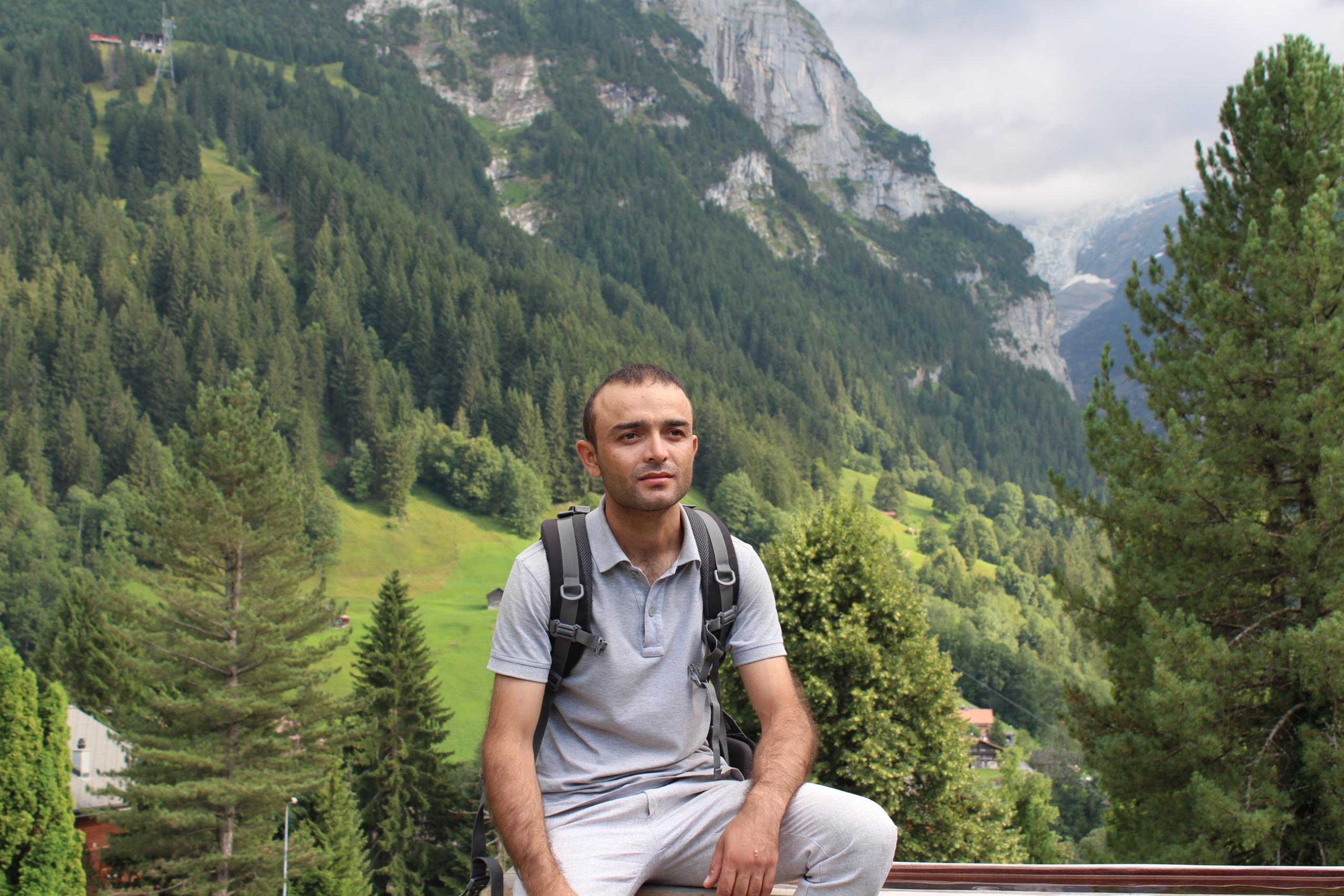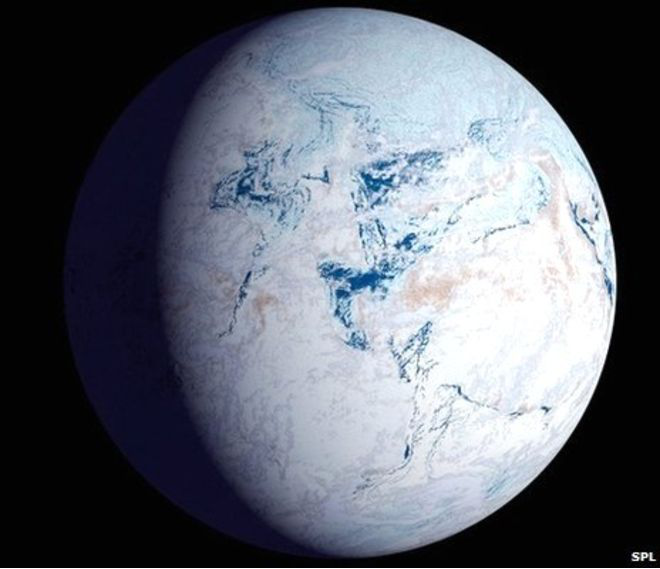About the author: Jovid Aminov, Ph.D. in geology, from Tajikistan. Studies plateau uplift processes and their impact on climate. Interested in the geological evolution of Earth since its formation. Senior Researcher at the Institute of Geology, Earthquake engineering, and Seismology of the Academy of Sciences of the Republic of Tajikistan. Postdoctoral fellow at the Institute of Tibetan Plateau Research Chinese Academy of Sciences.

In the last few decades, a hot public debate is going on concerning global warming and climate change. The main question in this debate is whether global warming is occurring. While there is a strong consensus in the scientific literature that global surface temperatures have increased in recent decades due to human-induced emission of greenhouse gasses, the controversy remains political. Although there is a line of evidence in the scientific literature indicating that the global temperatures are rising, many do not believe that this change is being caused by human activity and as an argument they refer to dramatic changes in global climate through the geological history of our planet. Throughout the history of the planet, the global climate has gone through cycles of greenhouse state with warm and humid conditions and ice ages with ice and snow covering huge regions of the Earth. The acknowledgment of this fact leads many people to conclude that global warming and climate change is a natural phenomenon that has been around since the dawn of the planet Earth, and humans can’t intervene in this process. In this light, the questions that need to be answered are:
Is the current global warming comparable with the changes in the geological past? What was the timescale of the climate changes in the geological past?
In this short review we will try to answer these questions by diving into some of the geological evidence that is documented by the thick layers of rocks.
Indeed, during its 4.5-billion-year history, our planet has been through a lot of catastrophic events and its climate has been constantly changing. The concentration of greenhouse gases in the atmosphere also used to fluctuate much throughout this time.
A dramatic change occurred between 700 and 600 million years ago, when the planet was fully, from poles to the equator, covered by ice. Geologists refer to that period as the time of snowball Earth. Around 717 and 719 million years ago an eruption of very large volcanoes in what is now high arctic Canada caused strong upwellings in the atmosphere that was triggered by hot lava. These upwellings then lofted sulfur aerosols into the stratosphere. A high concentration of sulfur in the stratosphere increased its ability to reflect solar radiation, hence triggering a cooling event. This cooling event was coupled by the break-up of a supercontinent Rodinia, which was mainly distributed in the equatorial part of the Earth. The break-ups of supercontinents lead to a redistribution of atmospheric cells and cause more moisture transport from the ocean into the land, increasing the precipitation rates. The increased precipitation in turn enhances rock erosion, and, as a consequence, causes burial of CO2 greenhouse gas into the soil, leading to depletion of this gas in the atmosphere and cooling. When this cooling happened, the increase of coverage of Earth's surface by snow and ice, in turn, increased Earth's albedo, i.e. made it reflect more of the sun's energy and absorb less, which resulted in positive feedback for cooling. The snowball Earth lasted for about 58 million years and is thought to precede and have caused another huge geological event that is referred to as the Cambrian explosion of multicellular life that lasted for about 13 – 25 million years and resulted in the divergence of most modern animal species. There have been several snowball Earth events in the history of Earth and at least 5 smaller scale ice ages, during which some regions of the Globe, at least both poles, were covered by ice sheets. The Earth's climate alternates between ice ages and greenhouse periods. During a greenhouse period, there are no continental glaciers whatsoever on the planet, the concentration of carbon dioxide is high and the sea surface temperatures are also high, ranging between 28 degrees Celsius in the tropics and 0 degree Celsius in the polar regions. In the last 500 million years 80% of the time the Earth’s climate was in the greenhouse state. However, we are now within an ice age, which is termed the Quaternary glaciation. The Quaternary glaciation comprised many glacial and interglacial periods with the last glacial period ending about 15 thousand years ago.

Fig.1. The snowball Earth period (between 700 and 600 million years ago), during which the surface of Earth was covered by ice and snow, from its poles to the equator.
In the process of climate fluctuations and change several factors play a role including variations in Earth's orbit, fluctuations in ocean currents, and the activity of life forms. However, perhaps, the main player is the motion of tectonic plates that leads to assemblage and breakup of supercontinents. Motions of tectonic plates create oceans and build mountains. During the geological history of our planet, most of the climate fluctuations were caused by the motion of tectonic plates or its products. A prominent example of the effect of the plate tectonics is the collision of India with Asia.
Around 200 million years ago all the continents comprised a single supercontinent called Pangaea, which started breaking up at around 175 million years ago. India at that time, was attached to Africa. It detached from Africa about 140 million years ago as a result of divergent motions between Indian and African plates. It then drifted northward, arriving on the southern coast of Eurasia by around 50 million years ago and colliding with it. At the time of the collision, the southern coast of Eurasia, represented by the area of today's Tibetan-Himalayan orogen, looked completely different. It was a lowland with a humid and warm climate and very different vegetation than today. Pollen deposited in the rocks indicates the presence of tropical and subtropical forests. Moisture transport to this area was from the Indian ocean and a vast epicontinental sea that stretched from nowadays the Mediterranean to the western part of the Tarim basin - proto-Paratethys. The proto-Paratethys retreated from Central Asia by 36 million years ago as a result of the indentation of the Indian plate into the southern margin of Eurasia. By 10 million years ago, the India – Asia collision and indentation of the Indian plate into the southern margin of Eurasia resulted in uplift of Tibetan-Himalayan orogen. The impact of the uplift of Tibetan-Himalayan orogen and the retreat of the proto-Paratethys on the regional climate of Central Asia was dramatic. In addition to already reduced moisture supply due to the retreat of the proto-Paratethys, the high plateaus blocked moisture supply from the Indian Ocean to Central Asia. This led to the aridification of the region and the development of deserts like Taklamakan and Karakum.

Fig.2. A reconstruction of the Indian continent drifts from Africa to North and its collision with Eurasia, which resulted in the uplift of Tibetan – Himalayan orogen.
A more similar situation to today's climate is documented to have taken place around 55.5 million years ago. This event is termed in geological literature as the period of Paleocene-Eocene Thermal Maximum (PETM). At this time, volcanic eruptions of the North Atlantic igneous province triggered a release of around 44 000 Gt of CO2 into the atmosphere over a 50 000-years period, averaging to 0.88 Gt per year, which is way less than today’s ~35 Gt per year. This led to an increase of global temperatures by 5-8 degrees and the entire warm period lasted for about 200 000 years.
As one can see, the process of climate change, triggered naturally by geological events, can occur over a long period measured in hundreds of thousands and even tenths of millions of years. Hence, it is obvious that the slow climate change would provide ground for animal species living on the Earth to adapt to new climatic realms, whereas quick, human-induced climate change would not provide such conditions. An example of such a dramatic and quick change in climate and environment is the well-known impact of Chicxulub asteroid that resulted in long-lasting winter conditions (10 years) and extinction of dinosaurs around 65 million years ago.
—————————————————————
FOCUS ON CONTEMPORARY NEEDS.
Should you have any questions, please contact us at public@taiheglobal.org


